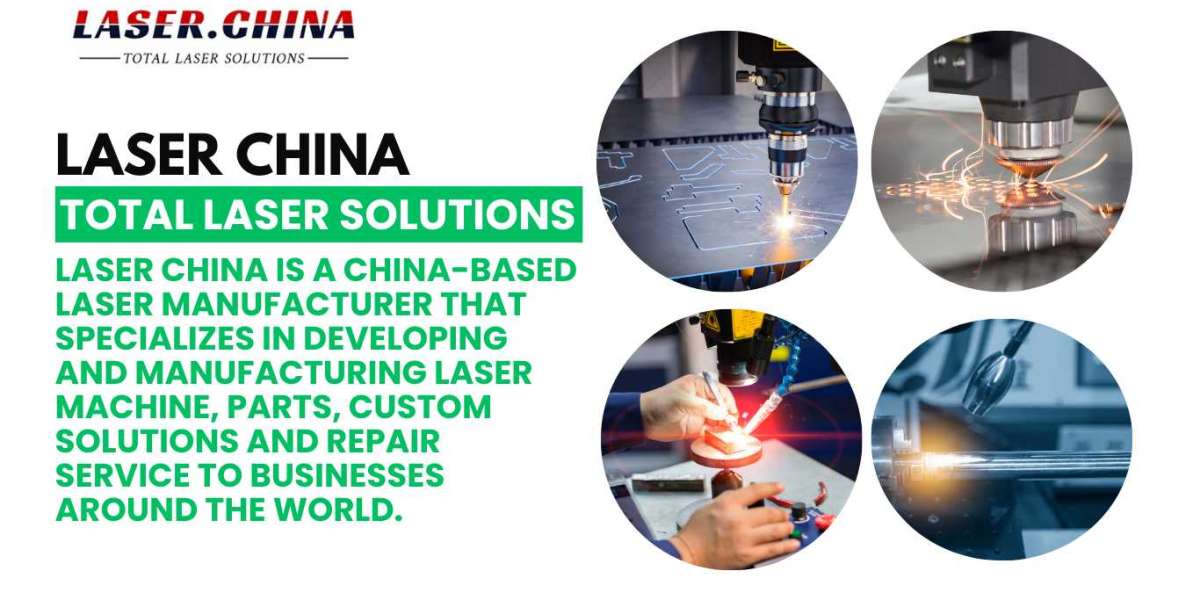Laser rust removal tools represent a revolutionary approach in the field of surface cleaning and corrosion removal. These tools utilize laser technology to precisely target rust and corrosion without causing damage to the underlying material. The question often arises: What are the benefits and considerations of using a laser rust removal tool, and how does it compare to traditional methods? The answer to this involves understanding both the advantages and the limitations of laser-based technology in rust removal, as well as comparing it with more conventional techniques such as sandblasting, wire brushing, and chemical rust removers.
Benefits of Laser Rust Removal:
Precision and Control: One of the primary advantages of laser rust removal is the level of precision it offers. The laser can be focused on a very specific area, allowing for the rust to be removed without affecting the surrounding material. This makes it especially useful for intricate parts or surfaces where precision is key, such as automotive components, historical artifacts, or delicate machinery.
Minimal Surface Damage: Unlike traditional methods like sandblasting, which can erode the underlying surface, laser rust removal uses focused light to break down the rust. This process is non-abrasive, which means it causes no mechanical wear on the material being treated. This results in less risk of altering the dimensions or surface finish of the object, preserving its integrity.
Environmentally Friendly: Laser rust removal is considered a green technology because it doesn't require chemicals, abrasives, or harmful solvents, making it safer for both the operator and the environment. The process generates no toxic waste, unlike some traditional rust removal methods that can leave behind harmful residues, posing disposal challenges.
Efficiency and Speed: Laser rust removal can be significantly faster than traditional techniques. Since the laser energy is concentrated and directly targets the rust, the cleaning process is more efficient. Moreover, the ability to adjust the intensity of the laser allows for quick removal of rust from different materials and surface types.
No Need for Consumables: Traditional rust removal methods, such as sandblasting or wire brushing, often require consumables like sand, abrasive media, or brushes, which need to be replenished over time. In contrast, a laser rust removal tool does not require these consumables, offering long-term cost savings and reducing the need for frequent maintenance.
Considerations of Laser Rust Removal:
Initial Cost: The biggest drawback of laser rust removal is the initial investment. The technology behind lasers is still relatively expensive, especially compared to the relatively low cost of sandblasting or chemical treatments. For small-scale operations or individuals, the upfront cost can be prohibitive.
Training and Expertise: Operating a laser rust removal tool requires specialized knowledge and training. The process is highly technical, and improper use could result in ineffective rust removal or damage to the surface. Operators must be trained to adjust settings such as power, pulse duration, and focus, depending on the material being cleaned.
Limited Depth of Rust Removal: While laser rust removal is highly effective for surface rust, it may not be as effective for deeper corrosion or rust that has penetrated beneath the surface. In such cases, more traditional methods might be required to remove the rust completely.
Energy Consumption: While laser rust removal is fast and efficient in terms of its cleaning capability, it can consume a significant amount of energy, especially in industrial-scale operations. This could lead to higher operational costs in environments where energy efficiency is a priority.
Comparison with Traditional Methods:
When compared to traditional methods, laser rust removal shines in several areas, including precision, minimal damage, and environmental friendliness. Sandblasting, for example, can be effective at removing rust but often causes significant wear and tear on the material, especially with softer metals. It also generates a lot of dust, requiring proper ventilation or containment.
Wire brushing is a less abrasive method but may not reach all the nooks and crannies of a rusted surface. Additionally, chemical rust removers can be harsh and may leave behind residues, requiring careful handling and disposal.
In terms of overall performance, laser rust removal stands out for its ability to provide a clean, controlled process without the need for harmful chemicals or consumables, which is a significant advantage for industries focused on sustainability. However, for large-scale operations that do not require such precision, traditional methods may still offer more cost-effective solutions.
Conclusion:
Laser rust removal tools are a promising and efficient solution for surface cleaning, offering benefits such as precision, minimal surface damage, and environmental sustainability. However, their high initial cost and the need for operator expertise may limit their use in smaller operations or for more generalized applications. When deciding whether to use laser rust removal or traditional methods, businesses and individuals must consider the specific needs of the task, including the size and condition of the rusted surface, the materials involved, and the desired outcome.
 Meet Ups
Meet Ups
 Experiences
Experiences
 Learning Center
Learning Center
 Accommodation
Accommodation
 Roomie
Roomie
 Ride
Ride
 Spread the Word
Spread the Word
 Student Bazaar
Student Bazaar
 Jobs
Jobs
 Blogs
Blogs
 About StudentInsta
About StudentInsta

